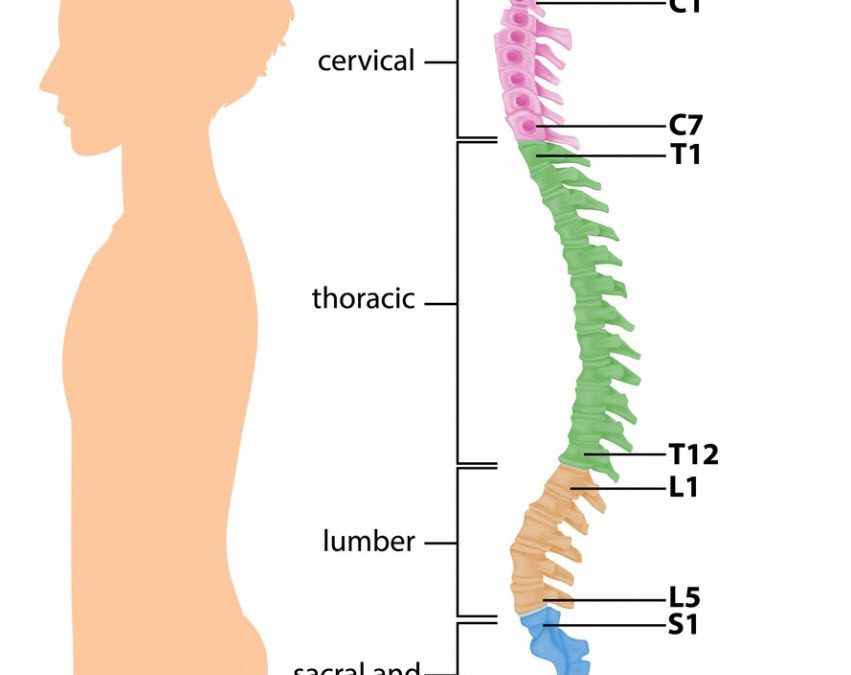


What Cervical Spondylosis Means for Your Neck
Your cervical spine consists of the seven vertebrae that start at the base of your skull and go up your neck. Cervical spondylosis is the wearing down of the elements of that part of your spine, such as the bones, discs, cartilage, and ligaments of your neck....
Uh-oh! I’ve got a pinched nerve
The Impact of Pinched Nerves A pinched nerve — also called a compressed nerve — can cause a range of symptoms that make your life difficult or painful. When your nerve is “pinched” or compressed, it literally doesn’t have enough room to do its job properly. The...
What exactly is a slipped disc?
The Anatomy of the Spine There are 24 bones from the top of the spine to the bottom, in three sections. The cervical section includes the neck consisting of 7 cervical vertebrae, the next 12 vertebrae make up the thoracic spine and the lower section of lumbar includes...
Easing Pain with Spinal Injections
Back or neck pain can be debilitating to the point that you cannot perform your daily routines without being negatively impacted. Pain management methods like medication, rest, or ice and heat therapy sometimes do not relieve your pain and it is time to seek other...
